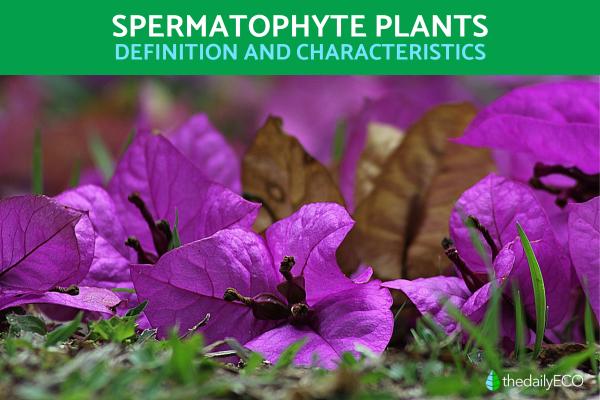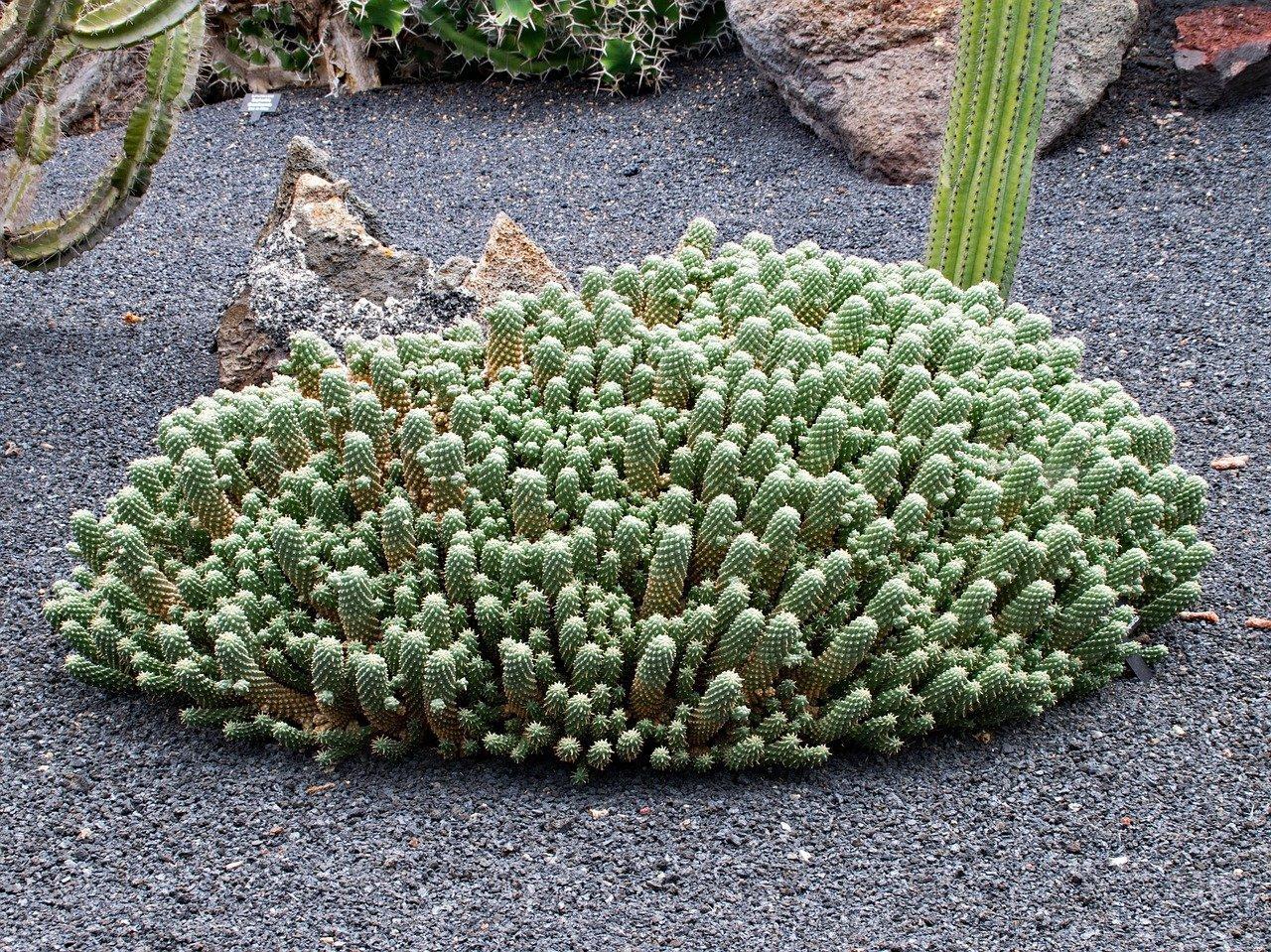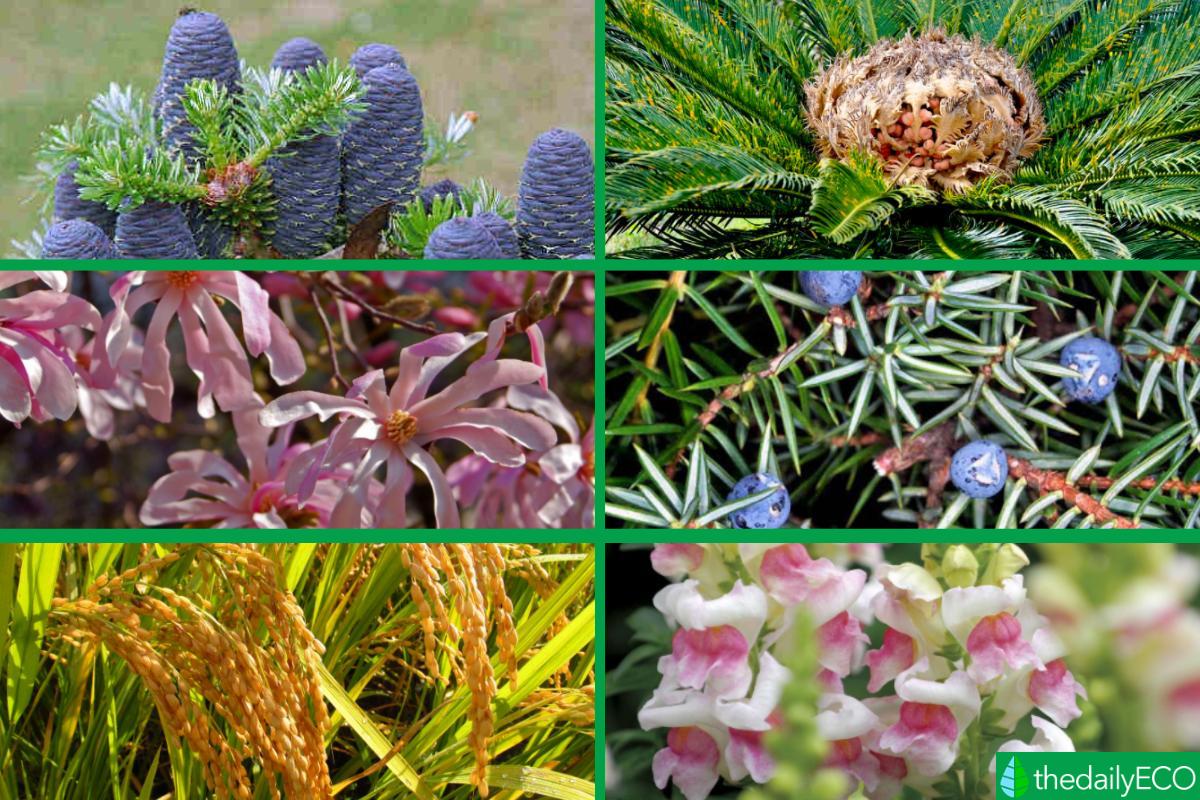Spermophyte Plants - Seed Plants Definition


Botany is a complicated field of study which requires years of study to even get to grips with the basics. Such complication is not made any easier by the fact gardeners will often use completely different terminology for the same plant. The names they use depend on their culture, personal preference and many other factors. Some individual plants have completely different common names. Take Lithospermum incisum, for example. This plant is variably known as a fringed puccoon, plains stoneseed or a gromwell. For this reason, we need to rely on scientific classification to help us better understand plants.
At thedailyECO, we look at the scientific classification not of a single plant species, but of another category of plants. Specifically, we look at spermophyte plants, also known as seed plants. We provide a definition of spermophytes, as well as their characteristics and examples in nature.
What are spermophyte plants?
The word spermatophyte translated literally means ‘seed-bearing plants’. This comes from the union of the two Greek words sperma (meaning ‘seed’) and fiton (meaning plant). Also known as phanerogamous plants or phanerogams, spermatophytes contain both angiosperms and gymnosperms, i.e. flowering and non-flowering plants, respectively. These are the two basic plant groups under which most plants fall.
Such is the diversity of seed plants, there are different divisions of spermatophyte plants. They are the following:
- Angiosperms: known as flowering plants, the seeds of these spermatophytes are located within the fruit of the plant. They are the largest group of spermatophytes.
- Gnetophyta: various types of woody gymnosperm.
- Ginkgophyta: gymnosperms of which the only extant species is Ginkgo biloba.
- Pinophyta: cone-bearing gymnosperms known commonly as conifers.
- Cycadophyta: mainly tropical gymnosperms with a woody stem.
There are other types of plants, some of which can be considered spermatophytes. These include several species of ferns which are found within the extinct classification Pteridosperms. Many of the fern species belonging to this classification are found within the group of fossil plants, which is why many forget that they are considered to be phanerogams.
Another important fact to comment is that there are certain varieties of spermatophyte plants that have adapted to the aquatic environment. These grow in shallow areas of warm water oceans, such as the Mediterranean Sea. Moreover, they are an essential food source for many species of living beings. These include microscopic organism,. larger animals such as fish and even human beings.
Learn more about another important aquatic plant ecosystem with our article on kelp forest plants and animals.
In terms of spermatophyte plant reproduction, we can see there are seed plants which reproduce both sexually and asexually:
- Spermatophyte sexual reproduction: as is the case with angiosperms, the seed is the product of pollination. Animals and insects pollinate the flowers of these plants by transferring pollen from one plant to the seeds of another.
- Spermatophyte asexual reproduction: seeds are the organ that characterizes spermatophyte they are composed of three layers. The first contains the embryo. The second is made up of tissues with nutritional properties that help the embryo to grow and develop during the first stage. Finally, the third contains the protective layer that is responsible for inducing the germination of the plant when the optimal conditions for its development are met.
Spermatophytes are well regarded for their ornamental value, but their importance is much greater. They have been vital parts of the progress of our civilization. Spermatophyte plants are not only capable of providing us with food such as fruit or cereals, they also provide drinks in the form of coffee and tea. They are used to produce materials which have allowed us to build homes and infrastructures. Many spermatophytes plants are also involved in medicine production.

Characteristics of spermatophyte plants
Although the definition of spermatophytes is that they are seed-bearing plants, this is not their only trait. The following are the main characteristics of spermatophyte plants:
- The main feature of spermatophytes is their ability to produce seeds. Seeds are the product of pollination, i.e. the union phase between the female and male cells.
- Spermatophyte plants are one of the most common plant groups on the planet. These are distributed throughout the earth being able to adapt to various different climates.
- Some spermatophytes can produce flowers, but this is not a defining characteristics. Within the phanerogams, we will find some capable of producing flowers, such as those belonging to the group of angiosperms. In the same way, there are also gymnosperms that, even without being able to produce flowers, create an elaborate support structure to protect the seed.
- Spermatophyte plants have chloroplasts that contain chlorophyll. This means they can all perform photosynthesis to convert sunlight into a source of energy with which to produce their own food.
- Most spermatophyte plants have highly developed vascular tissue. That is, they have both xylem and phloem, as well as other secondary growth tissues.
Learn more about photosynthesis in plants with our guide to the different types of chlorophyll.

Examples of phanerogamous plants
As we have stated, many different groups and types of plants fall under the category of spermatophyte plants. While we do not have the space to share all of them here, the following are some fundamental examples of spermatophyte plants:
- European silver fir (Abies alba)
- Japanese sweet flag (Acorus gramineus)
- Common onion (Allium cepa)
- Common snapdragon (Antirrhinum majus)
- Bougainvillea (Bougainvillea)
- Endive (Cichorium endivia)
- Chrysanthemum (Chrysanthemum)
- Cycads (Cycadophyta)
- Alpine cyclamen (Cyclamen purpurascens)
- Himalayan cedar (Cedrus deodara)
- Dahlia (Dahlia)
- Carnation (Dianthus caryophyllus)
- Dog's tooth violet (Erythronium)
- Crown imperial (Fritillaria imperialis)
- Ginkgo (Ginkgo biloba)
- Sunflower (Helianthus annuus)
- Rose of sharon (hibiscus)
- Star anise (Illicium verum)
- Common juniper (Juniperus communis)
- Phoenician juniper (Juniperus phoenicea)
- Stone pine (Pinus pinea)
- Bay tree (Laurus nobilis)
- Lettuce (Lactuca sativa)
- White lily (Lilium candidum)
- Star magnolia (Magnolia stellata)
- Banana tree (Musa)
- Water lily (Nymphaea termarum)
- Asian rice (Oryza sativa)
- Black pepper (Piper nigrum)
- Avocado (Persea americana)
- California redwood (Sequoia sempervirens)
- Common yew (Taxus baccata)
- Calla lily (Zantedeschia aethiopica)
- Maize (Zea mays)
As we have stated above, spermatophyte plants can be either angiosperms or gymnosperms. Learn more about the latter with our article on what are gymnosperm plants?

If you want to read similar articles to Spermophyte Plants - Seed Plants Definition, we recommend you visit our Biology category.







